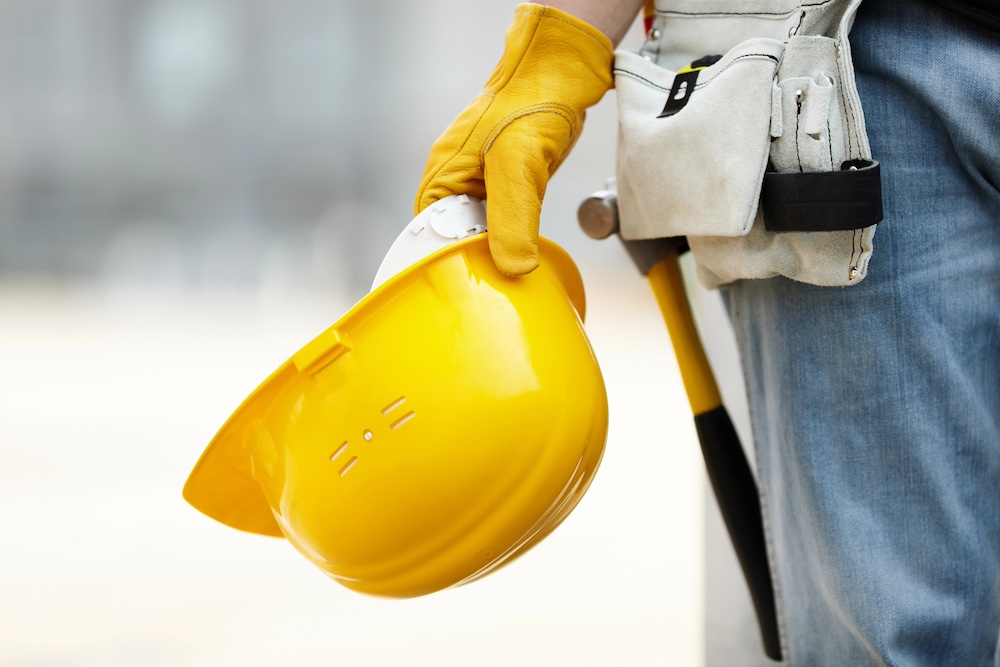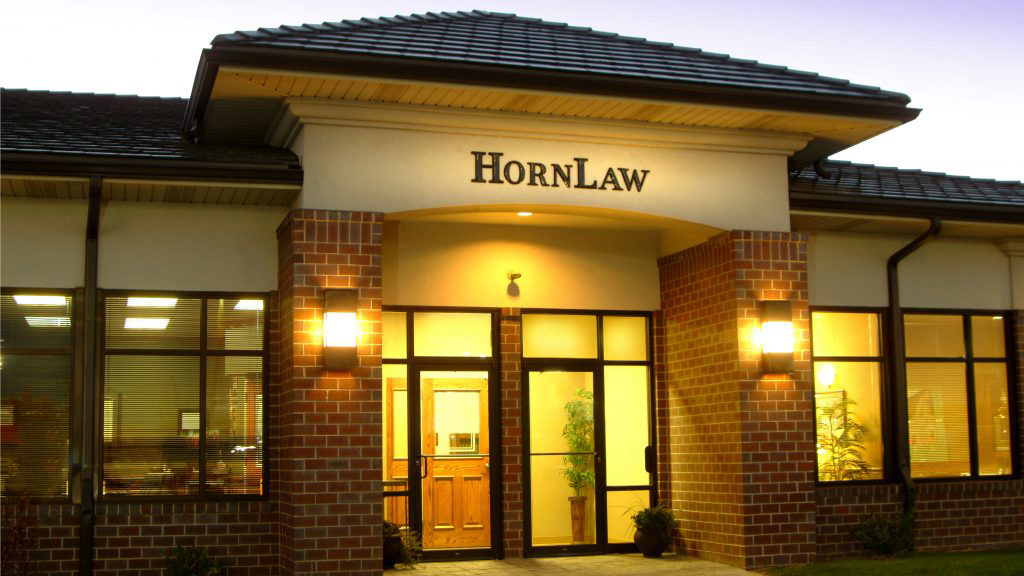
Lawyers for Construction Accident Victims
Lawyers for Construction Accident Victims

Rapid Response Lawyers for Construction-Related Accidents
Over the years, Lead Attorney Doug Horn and the Horn Law team have had a track record of success in maximizing recovery in catastrophic injury claims throughout Missouri and Kansas. Construction accidents are complex and demand immediate investigations to begin securing important evidence that pertains to fault and liability. Early legal consultation enables Horn Law to begin legal investigations, identify parties at fault, outline comprehensive legal strategies for recovery, file claims, retain experts, and begin to assemble evidence to maximize recovery. Because construction accident victims are usually entitled to only one legal recovery, the best foundations must be laid early on to ensure the best possible results.
Free Legal Consultations
If you or someone you know has been injured in a motor vehicle accident, alert Lead Attorney Doug Horn to the case at 816-795-7500. Horn offers free legal consultations. In addition to telephone consultations, Horn offers office, home, and hospital consultations to provide aid to clients at a convenient location.
As rapid response attorneys, early legal consultation is a priority with Horn Law. An early start allows us to take care of our clients’ immediate issues, including legal, investigative, insurance, and financial questions that arise in nearly every car accident claim.
Close & Convenient
The Horn Law home office is in Independence, Missouri, near I-70 and I-470 (across the street from Costco).
In addition to our home office, consultation offices are located in both Lee’s Summit and Liberty in Missouri, as well as Overland Park, Kansas.

Construction Accident Cases
- Falls
- Falling Debris
- Construction Vehicle Accidents
- Electrocution
- Respiratory Hazards
- Caught In-Between
Falls: Falls are one of the most common types of injury facing construction workers. Due to the nature of the job, workers are frequently up on scaffolding or other unstable surfaces where falls are an immediate threat. While many precautions can be taken (such as mandating safety equipment, harnesses, etc.), falls usually are from such a height that catastrophic injuries are common. Potential liabilities in fall cases include:
- Failure to provide personal protective equipment
- Failure to assess the construction site’s risk
- Failure to warn, train, and educate employees on the risk of falling
- Failure to abide by regulations and code regarding working from heights
Falling Debris: Falling debris is a cause of injury that is distinctly associated with construction work. Because workers are often completing tasks from heights, they must use the highest degree of care and caution when disposing of scrap materials or other unneeded substances. Utilizing appropriate warnings, bins, and safety protocols can help prevent severe injury. Even when debris naturally or unintentionally falls as a result of the construction process, hard hats, goggles, and other safety equipment can help mitigate injury. Potential liabilities in falling debris cases include:
- Failure to provide personal protective equipment, such as a hard hat
- Failure to train and provide workers with safe disposal strategies
- Failure to follow strict roadway construction safety regulations
- Failure to provide and maintain vehicle safety equipment
- Failure to properly train and alert workers regarding vehicle operations and risks
- Failure to communicate safety protocols about vehicle operations
- Failure to accurately assess electrical risks above and below ground
- Failure to properly flag specific risks on-site
- Failure to provide adequate electrical training to workers
- Failure to provide personal protective equipment to workers
Respiratory Hazards: Because construction sites will often be subject to many hazardous substances and irritants like dust or smoke, managers should make sure that workers receive appropriate protective equipment and fumigation strategies. Respiratory protection violations are one of the leading breaches of construction site regulation. However, by providing or requiring appropriate equipment, managers can save many employees from serious repertory illnesses that compromise health and lead to a lifetime disease. Potential liabilities in respiratory hazard cases include:
- Failure to provide or require protective fumigation equipment
- Failure to properly assess environmental and air quality risks
- Failure to train and monitor ongoing risks posed by irritants or hazardous substances
Caught In-Between Accidents: Being caught in between or compressed by objects in the workspace is another leading cause of serious injury for construction workers. When heavy objects or materials fall from loading docks, scaffolding, or any other surface, they can pin workers against another hard surface. Such incidents can result in serious injury. Potential liabilities in caught in-between cases include:
